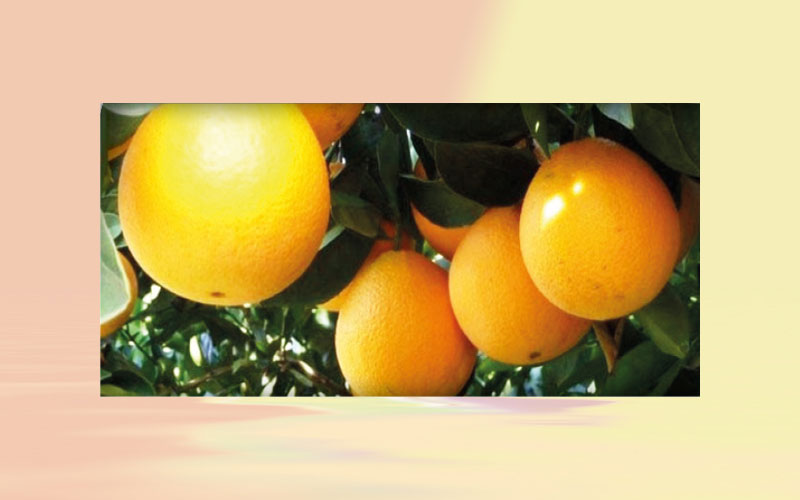Brazilian oranges: Although no damages have been reported, low moisture concern farmers in São Paulo State
Amid low rainfall in São Paulo State since the end of the Summer (in late March), farmers have been concerned about the effects of the current lack of moisture on orange trees. According to Inmet (Brazilian Institute of Meteorology), it has not rained in SP for 50 days, the longest drought since 2012.

Amid low rainfall in São Paulo State since the end of the Summer (in late March), farmers have been concerned about the effects of the current lack of moisture on orange trees. According to Inmet (Brazilian Institute of Meteorology), it has not rained in SP for 50 days, the longest drought since 2012. To make things worse, last month was the hottest July in SP in all times.
For the oranges still on tree (from the 2022/23 season), although major damages have not been reported, the drought is concerning. In dry-land groves, some fruits wilted, reducing both quality and size for the in natura market, making them only suitable to the industry. Besides, some oranges and leaves fell off due to high water stress.
Also, the effects of greening on oranges have increased this year in many Brazilian areas. It is important to consider that, according to Fundecitrus, last year, greening affected 22.37 % of the orange trees in SP, the highest average.
On the other hand, the lack of rains is necessary to cause groves some water stress, which is crucial for blooming. According to Cepea collaborators, in northern SP, where groves are irrigated, many farmers began irrigating the plants in mid-June, and trees are now beginning to bloom. In these areas, conditions have been favourable so far. In dry-land groves, blooming is expected to occur as soon as it rains in the citrus belt.
BRAZILIAN MARKET IN JULY – The demand for citrus increased in Brazil in July, favoured by the atypical warm weather during the month. On the other hand, although the orange harvesting was in full swing in SP last month, industries’ purchases were high, which pushed up quotations.









